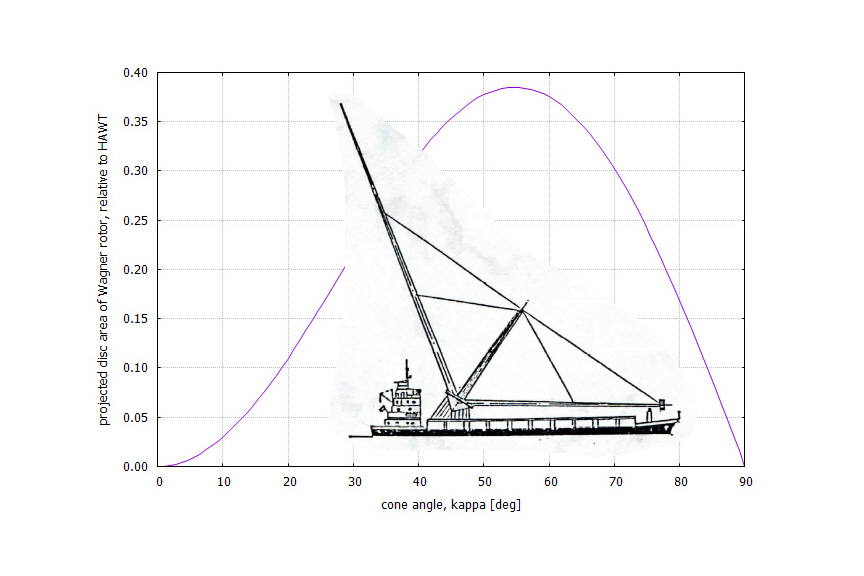Purpose – Extend the Blade Element Momentum Theory (BEMT) such that rotors with pronounced cone and axis angle (tilt or yaw) can be calculated. Derive an equation for the speed ratio (lambda) as a function of Tip Speed Ratio (TSR), radius, blade, cone and axis angle. This converts the BEMT into an Unsteady BEMT or UBEMT. Present the Wagner rotor as one such rotor geometry. --- Methodology – Literature review and calculations. --- Findings – The UBEMT can be used to calculate highly unconventional rotor geometries. --- Research Limitations – Although the aerodynamic coefficients used in the UBEMT are from measurements in steady flow conditions, they can be used with success. --- Practical Implications – Also conventional Horizontal Axis Wind Turbines (HAWT) with noticeable cone and axis angle should be calculated with the UBEMT. The accuracy of power calculations of these HAWTs can be slightly improved. --- Originality – Analytic equations for rotors with cone and axis angle have barely been discussed.

